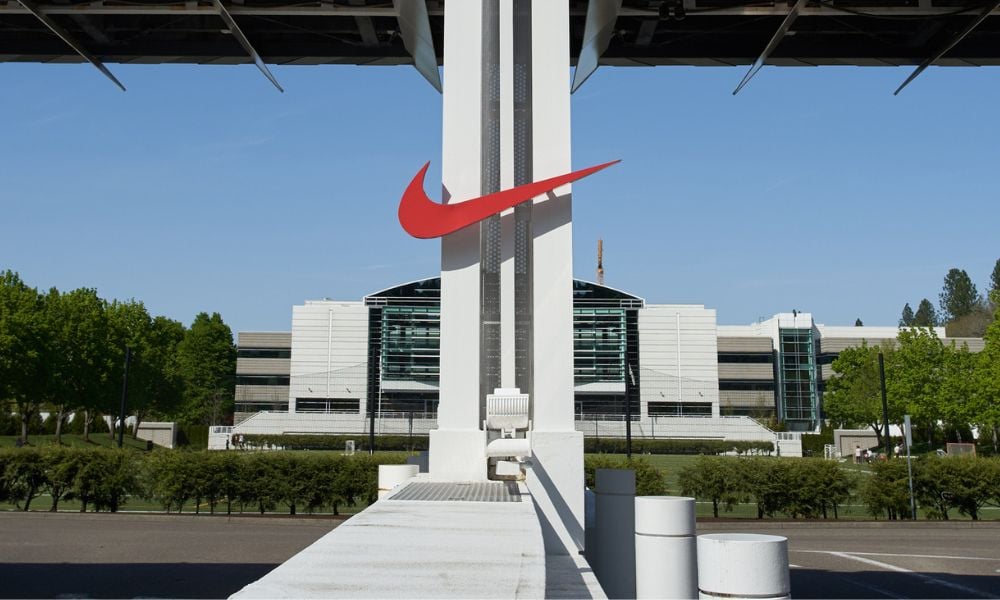The importance of effective leaders has once again been highlighted with new research showing professionals blame poor leadership for negatively impacting on their performance
When it comes to adverse impacts on an individual’s performance poor leadership has been named as the number one factor, according to the latest white paper from specialist recruitment consultancy Robert Walters.
The white paper, titled Developing High-Performing Teams to Drive Business Performance and Engagement, surveyed more than 250 hiring managers and almost 700 professionals across Australia and New Zealand on the factors that help build high-performing teams.
When asked what negatively impacted their performance most, 32% of professionals said poor leadership, followed by not having clearly defined goals and objectives, and not being adequately recognized for high performance.
The white paper also found that 80% of professionals believe poor leadership decreases trust and openness.
James Dalrymple, Director of Robert Walters in Auckland, said: “Our research shows that high-performing teams across all different levels of business have shared attributes, including clearly defined goals and objectives, recognition for good work and culture fit. Poor leadership, team conflict, undefined goals and objectives and zero recognition for good work are key drivers of disengagement, dissatisfaction and underperforming teams.”
The survey focused on four key themes related to high-performing teams, and it found that:
- 63% organizations may be missing out on top talent due to inflexible selection criteria
- More than half of professionals feel their organization does not do enough to reward high performance
- Almost half of professionals said they were managed with a top-down leadership style, where leaders make decisions without consulting team members, but 95% of professionals preferred other more consultative leadership styles
- 61% of professionals believe varied and interesting work is the factor that keeps them most engaged in their roles
- 51% of hiring managers feel that their organization does not do enough to keep their employees engaged
Key HR takeaways:
- Leaders need to be constantly communicating: Encourage leaders to communicate with their team to make decisions appear more consultative, which in turn will boost employee morale. It will also help staff accept change more easily when they have a clear direction and feel involved in the process.
- Implement mentoring programs: The survey showed that professionals rate “supports team members” as the most important quality in their team leaders. Mentoring can ensure staff are getting the support they need. Benefits of mentoring include increased productivity, higher job satisfaction and a more positive working environment.
- Accountability: To prevent poor leadership from infiltrating the workplace team leaders should work with HR to ensure all is well from a team and organizational perspective. Leaders should be encouraged to have regular discussions with their team members, and set goals for them. Establishing an environment in which employees can provide feedback at all times is also vital.





